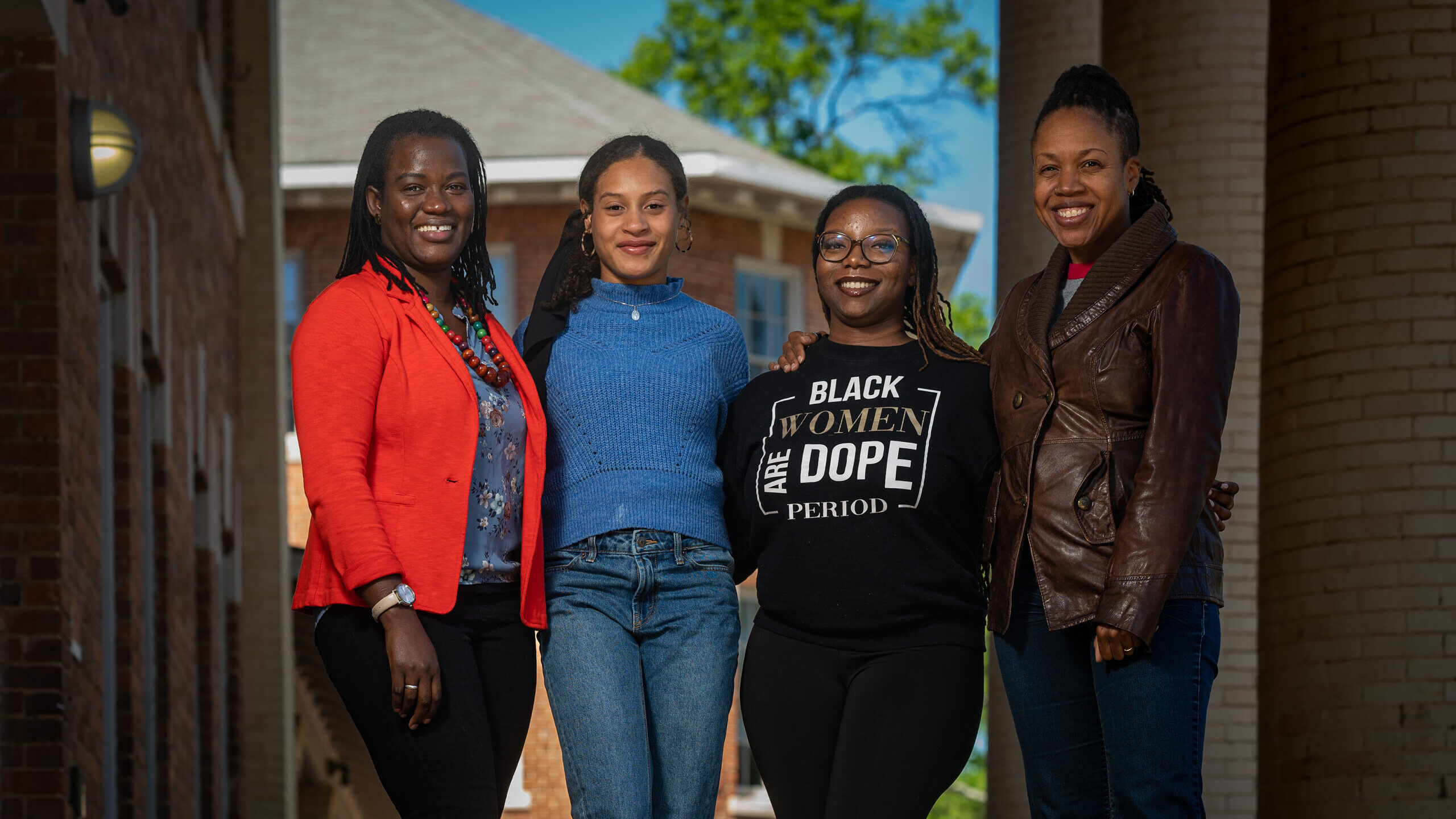Our college’s researchers have been studying COVID-19 from multiple — and often interdisciplinary — perspectives.
Here are some of the many ways we’re bringing the humanities and social sciences to bear on this world-changing pandemic.
Food Safety and Risk Communication

Associate professor of communication Andrew R. Binder is a member of FoodCovVNet, an interdisciplinary team funded by the U.S. Department of Agriculture to tackle thorny questions of risk communication at the intersection of public health and food.
The team has provided guidance to the food industry around grocery and restaurant workers’ health and well-being.
Binder was recently featured in the group’s webinar on how to communicate vaccine information to various food sector audiences.
Public Policy and Risk Communication

The federal government’s role in a pandemic; the impacts of state by state variations in COVID-response policies; the effects of messaging about disease risks … .
Public administration professor Tom Birkland is looking at these and other issues with an interdisciplinary research team and sharing their findings with local, state and federal policy makers and public health officials to inform risk communication and public policy.
Food Insecurity During the Pandemic

The National Science Foundation is funding research conducted by sociologist Sarah Bowen.
Bowen and colleagues at NC State and four other land-grant universities are examining families’ experiences of food insecurity during the pandemic.
Food insecurity rates have skyrocketed during COVID, doubling overall and tripling among households with children. The team is conducting interviews and collecting photovoice data with families in rural and urban counties in Michigan, Mississippi, North and South Carolina, and South Dakota to better understand how families are coping and identify processes that buffer some families, but not others, from food insecurity.
COVID Messaging, Misinformation and Generation Gaps

Communication professor Yang (Alice) Cheng is working on several projects related to COVID messaging:
- COVID misinformation on social media: Cheng and her co-author are researching the extent to which participants felt they and others were influenced by COVID misinformation; negative emotions toward misinformation; public support for government restrictions on social media; and corrective actions such as media literacy training. Their findings provide insight into how users respond to misinformation about the pandemic on social media platforms.
- Generation gaps and perceived risks of COVID-19: Research conducted by Cheng and her co-author found that different generations are perceiving the risks associated with COVID-19 very differently. Such perceptual gaps influence the public’s risk reduction behaviors. The research suggests that persuasive health messages tailored to younger generations should increase their level of perceived risk and encourage young adults to engage in risk communication.
Managing Health Risks Through Crowdsourcing
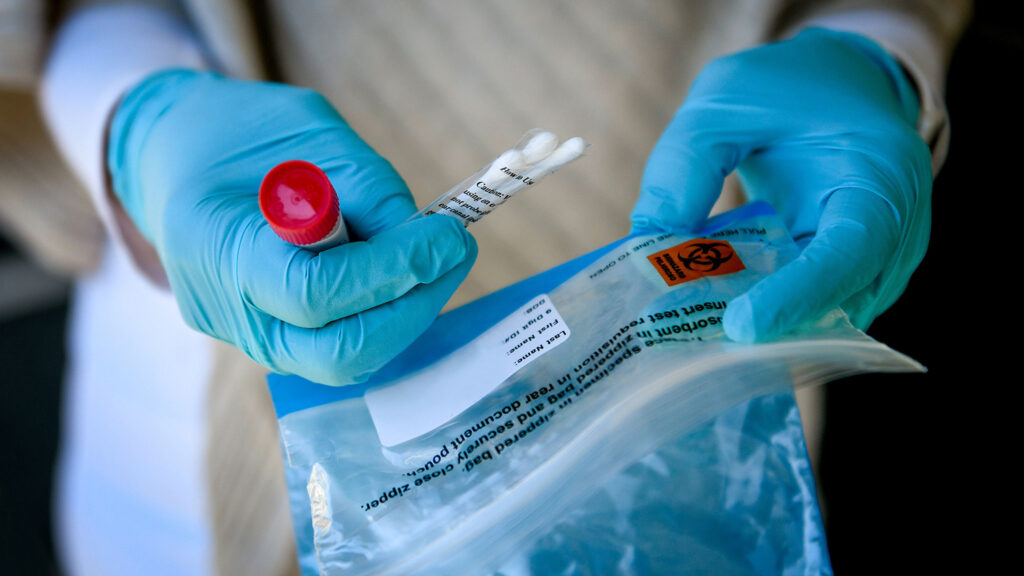
English professor Huiling Ding examined how in a smart crowdsourcing endeavor, Beijing Medical Association (BMA) collaborated with internet giants such as Baidu to mobilize thousands of volunteering physicians to cope with COVID-19 challenges related to public education content.
Through multi-sector collaboration, BMA-Baidu’s freely accessible AI-driven platform offered useful risk management suggestions to concerned citizens right after Wuhan’s lockdown in January 2020.
Ding identified entry points to help concerned organizations, communities and individuals tackle emerging risks in an extra-institutional setting.
Science Communication and Science Literacy

Professor of Communication Jean Goodwin and her team are exploring how scientific research has been used in online debates about pandemic policies.
Research publications are now available to anyone with an internet connection. But can non-scientists interpret them correctly?
Results from this study of the early Twitter debate about facemask efficacy will both assess public science literacy and identify areas where education may be needed.
Can PSAs Improve Mask Wearing and Encourage Vaccinations?

Political scientist Steve Greene and colleagues at Stanford and UNC-Chapel Hill are researching whether political conservatives skeptical of mask wearing can be influenced by a patriotic message on social media featuring a retired Army general complying with this new normal.
Their findings will enable the researchers to determine how to share first-person accounts of persons suffering with COVID in a social media campaign to encourage vaccination.
Student Homelessness, Food and Housing Insecurity
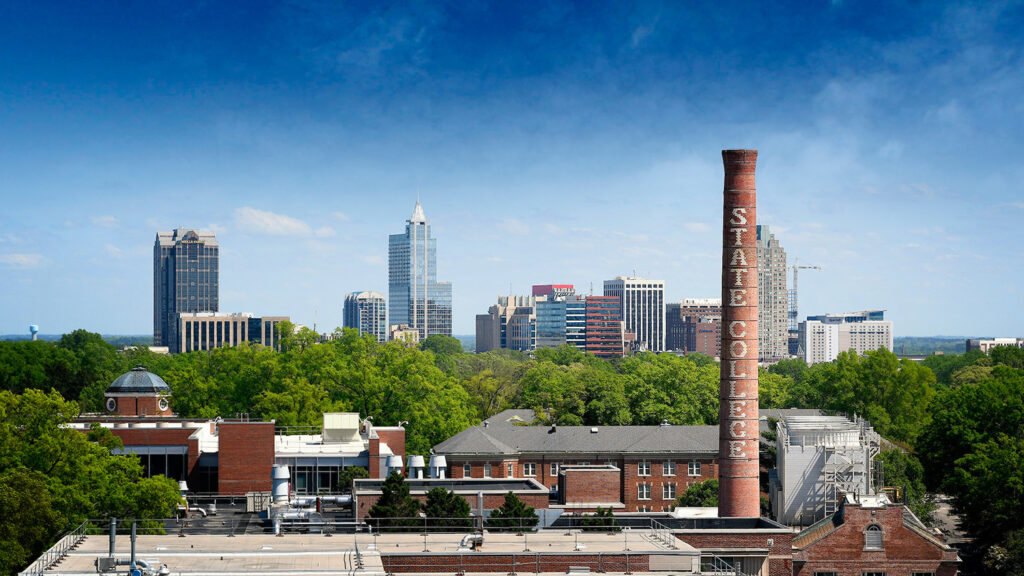
Psychologist Mary Haskett’s survey of NC State students showed that 15% of our students have experienced homelessness since the pandemic began. Nearly 25% have been food insecure; regarding housing, 33% have not had stable access. Students’ wellness and learning have been impacted during the pandemic, with greater negative impact among students with basic needs insecurity.
Haskett and her colleagues on NC State’s Steering Committee on Student Food and Housing Security are using results to advocate for increased support of students’ basic needs, as well as systemic approaches to lowering these barriers to higher education.
The Impact on Religious Communities
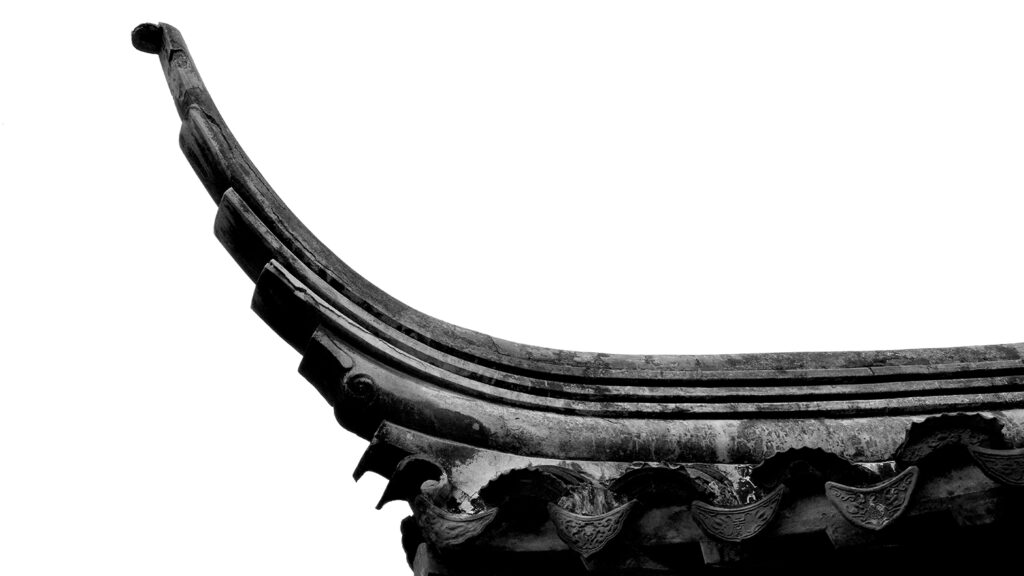
Religious Studies scholar Levi McLaughlin has been tracking ways the onset of COVID-19 has affected Buddhist, Christian, Shinto and other practitioners in Japan.
His research has involved intensive engagements with Japanese clergy and lay adherents via Zoom and social media — and making available survey data and ethnographic insights through webinars, academic articles and pieces for popular consumption.
He has also presented in Japanese to religious aid providers to keep his Japanese counterparts apprised of how religions and their devotees in the U.S. have responded to COVID-19.
Gubernatorial Partisanship and State Responses

State responses to the COVID pandemic have varied dramatically. Political scientist Irwin Morris and undergraduate student Kristina Bell, a senior majoring in biology and minoring in political science, examined the impact of political dynamics on a broad range of COVID responses, from mask mandates to assembly restrictions, during 2020.
In states with Republican governors, they found that support for former President Trump led to slower and more limited responses, even when controlling for local pandemic severity. Trump support had no significant effect on the COVID responses of states with Democratic governors.
Schools and Young People
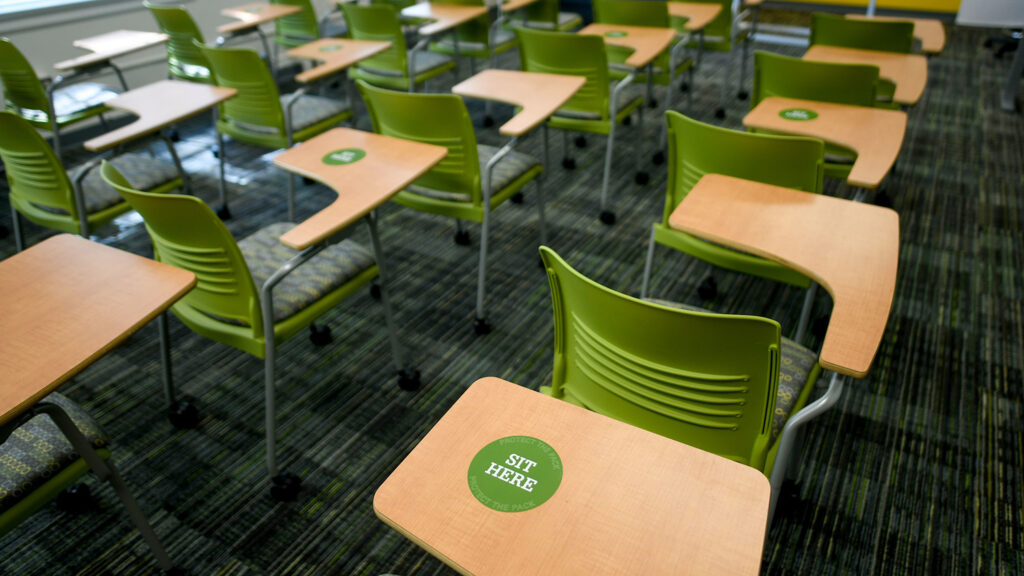
Psychology professor and developmental scientist Kelly Lynn Mulvey is working on COVID projects related to schools and young people:
- What do teens know about COVID-19? Mulvey, postdoctoral scholar Channing Mathews, and NC State biological scientist Adam Hartstone-Rose are working with colleagues in the United Kingdom on a project examining what teens here and in the U.K. know about COVID-19; how that relates to where they access news information (social media, print media, online media); and the trust they have in government officials.
- Pathways to STEM careers during the pandemic. Mulvey and her team are conducting a project focused on pathways to persistence in STEM for students from underrepresented groups. They are examining high school students’ experiences in STEM classes during the pandemic, with a focus on differences in engagement, motivation, equitable treatment and school belonging for students taking classes remotely, in person or in hybrid formats.
- Dual pandemics and their impact on teens. Mulvey, lifespan developmental psychology graduate student Jackie Cerda-Smith, colleagues at Duke and members of a local school are examining social-emotional health and school racial climate in light of the dual pandemics of COVID-19 and systemic racism. The collaborative project examines students’ stress, well-being and school belonging during these pandemics. It also examines the outcomes of a one-book intervention, in which students meet virtually in small groups to discuss a text focused on anti-racism.
Mental Health Risks Among Healthcare Workers
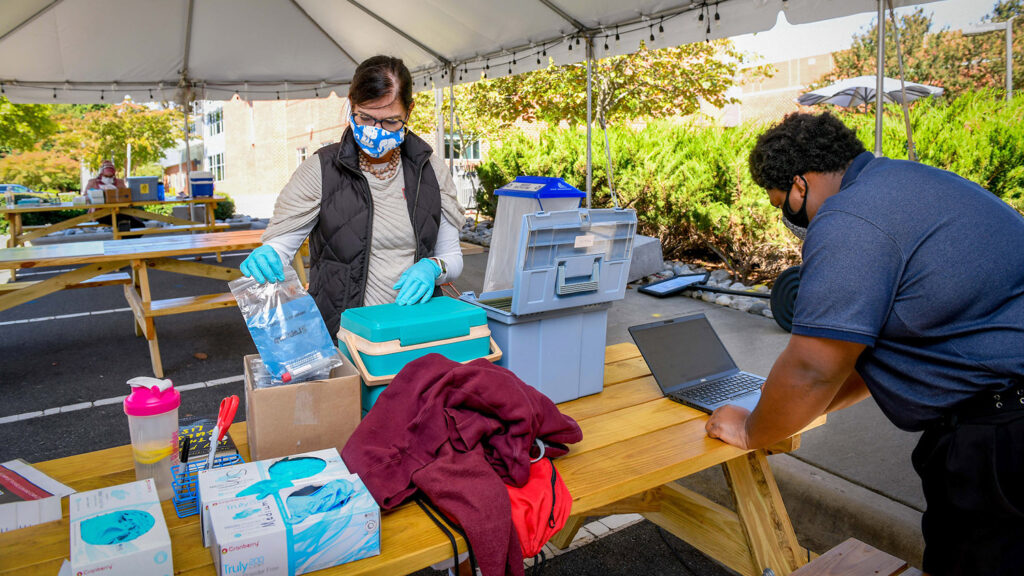
Psychologist Shevaun D. Neupert and colleagues at Georgia Tech studied healthcare professionals and a control group during the beginning of the pandemic (March 20 to May 14, 2020).
Healthcare professionals reported higher levels of stress, anxiety and tiredness than the control group. They also reported fewer tools — such as coping strategies — to manage these challenges. The healthcare professionals reported more depressive symptoms than the control group; their average depression score qualified as clinical depression.
These findings suggest that healthcare professionals are at a much higher risk than the general population for negative mental health outcomes.
Elite Student-Athletes: Coping With Health and Personal Uncertainty

Communication professor Lynsey Romo studied college athletes’ views around contracting and recovering from COVID, or unknowingly infecting others; virtual learning; their future; interpersonal relationships; and the nation’s sociopolitical atmosphere to gauge how they managed uncertainty.
Those who could more readily embrace ambiguity were better equipped to build their resilience during the pandemic by controlling what they could control and focusing on COVID’s positives.
Romo’s findings suggest that athletic departments could support their student athletes with more down time, by instituting mandatory mental health services and by encouraging them to become advocates.
- Categories:



